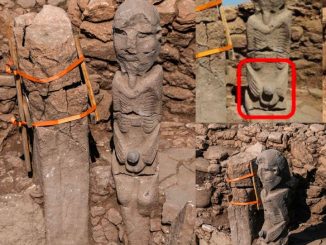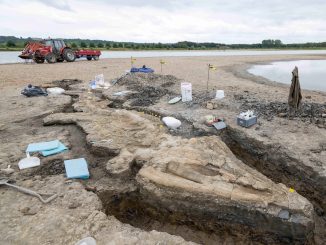Introduction
Deep within the arid expanses of the Jordanian desert lies a monument to Rome’s far-reaching influence and architectural ingenuity: the Qasr Bashir Roman Fort. Remarkably preserved and seemingly untouched by time, this ancient fortification offers a unique glimpse into Roman military architecture and the empire’s eastern frontiers. Unlike many historical sites that have been built upon or altered by subsequent civilizations, Qasr Bashir stands nearly as it did centuries ago, its isolation serving as a protector of its integrity. This blog post explores the significance of Qasr Bashir, its construction, and what it reveals about Roman military strategy and life on the empire’s edge.
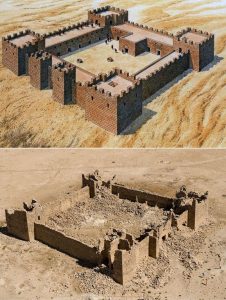
A Fortress in the Desert: The Construction of Qasr Bashir
Qasr Bashir, originally known as Mobene, was constructed in the late 3rd to early 4th century AD, a period marked by significant military reforms under Emperor Diocletian. Designed to house a cavalry unit, its architecture reflects the strategic importance of quick response forces capable of securing the empire’s borders. The fort’s walls, built from local basalt, form a nearly square perimeter, encompassing towers at each corner and midway along each wall, providing comprehensive defensive coverage. Inside, the layout includes barracks, a command center, storerooms, and a bath complex, illustrating the self-sufficient design meant to sustain the garrison in the harsh desert environment.

Time’s Sentinel: The Preservation of Qasr Bashir
The preservation of Qasr Bashir is exceptional, with its walls, towers, and internal structures standing almost to their original height. This state of conservation owes much to its geographical isolation and the fact that it was not overbuilt or significantly altered by later civilizations. Unlike many Roman sites in the Middle East that were repurposed or destroyed, Qasr Bashir’s remote location shielded it from the layers of history that often obscure or erase ancient structures. Today, it serves as a valuable resource for archaeologists and historians seeking to understand Roman military architecture and the daily lives of soldiers stationed at the empire’s margins.

A Window to the Past: Insights from Qasr Bashir
The study of Qasr Bashir offers profound insights into the Roman Empire’s military strategies and its efforts to control distant territories. The fort’s design reflects a balance between defense, self-sufficiency, and the ability to project power into the surrounding region. Its preservation allows researchers to study aspects of Roman military life with unparalleled clarity, from the layout of barracks and command structures to the integration of leisure facilities, such as the bath complex, essential for maintaining morale and physical readiness. Moreover, the artifacts and inscriptions discovered at the site contribute to our understanding of the cultural interactions between Roman occupiers and local populations, shedding light on the complexities of empire and colonization.
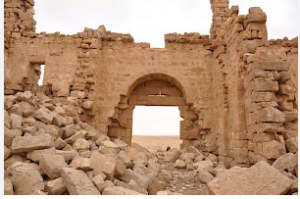
Echoes of Empire: The Legacy of Ancient Discoveries
The discovery and preservation of sites like Qasr Bashir underscore the importance of archaeological efforts in uncovering our shared human past. Each layer of dust brushed away reveals more about the ingenuity, aspirations, and daily realities of ancient peoples. Qasr Bashir, in its silent vigil over the Jordanian desert, serves as a reminder of the Roman Empire’s vast reach and the universal challenges of maintaining order, security, and quality of life in distant lands. As we continue to explore and interpret ancient sites, we are reminded of the enduring legacies of past civilizations and the lessons they offer for understanding history and humanity.
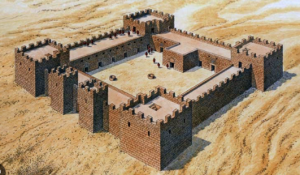
Conclusion
The Qasr Bashir Roman Fort stands as a testament to the architectural and military prowess of ancient Rome, offering a rare, unobstructed window into the past. Its preservation is a fortunate anomaly that allows modern observers to step almost directly into the world of Roman soldiers stationed at the edge of the empire. As we delve into the mysteries of Qasr Bashir and other ancient discoveries, we are reminded of the complexities of history and the interconnectedness of human cultures across time and space. In the sands of the Jordanian desert, Qasr Bashir continues to guard the legacy of an empire that shaped the course of human history, inviting us to explore and learn from the echoes of the past.

